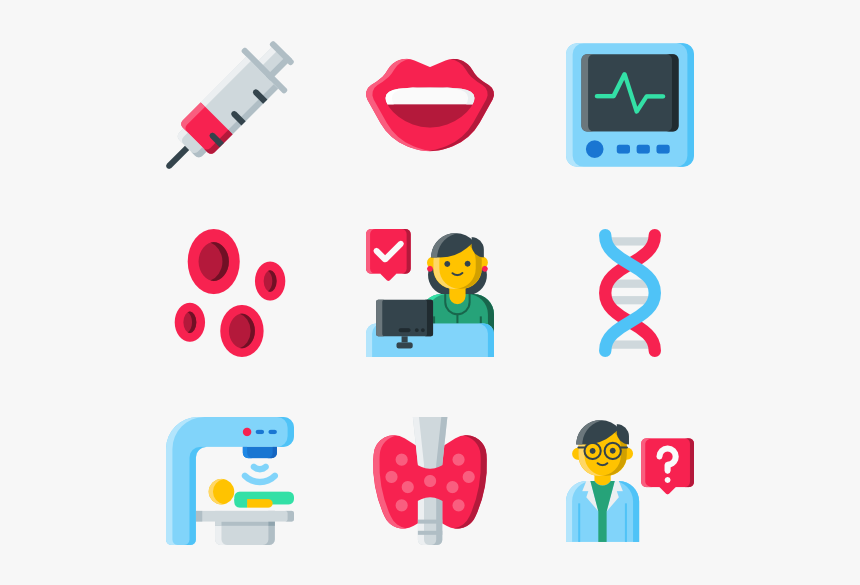Unlocking Human Potential: A Transformative Approach to Habit Formation Through Cue Utilization
Human behavior is profoundly shaped by habits, which constitute the foundation of our daily routines and life trajectory. The formation and modification of habits, particularly the influence of environmental and internal cues, are pivotal for achieving personal and professional success. This analysis delves into the neurobiological mechanisms and practical applications of habit cues, offering a comprehensive framework for leveraging their power to induce positive behavioral change. Key concepts explored include the Stimulus-Response (S-R) model, a fundamental principle in learning theory positing that a stimulus automatically elicits a specific response; Hebbian learning, which emphasizes the strengthening of synaptic connections between neurons through repeated co-activation ("neurons that fire together, wire together"); applied behavior analysis (ABA), a scientific approach to understanding and modifying behavior; classical and operant conditioning, two major learning paradigms explaining how associations between stimuli and responses are formed; ecological momentary assessment (EMA), a methodology for collecting real-time data on behavior; and motivational interviewing, a client-centered approach to fostering intrinsic motivation for change.
Neural Plasticity and the Neurobiological Basis of Habit Formation
Habit formation is intrinsically linked to the brain's remarkable neuroplasticity, its capacity to reorganize itself by forming new neural connections throughout life. Repeated execution of actions in response to a cue strengthens specific neural pathways within the brain's cortico-basal ganglia circuitry, rendering the behavior increasingly automatic and efficient. This neurological efficiency is crucial for survival and effective daily functioning, optimizing cognitive processing and reducing cognitive load. This process aligns with Hebbian learning, where repeated co-activation of neurons strengthens their synaptic connections. Understanding this neural mechanism enables the conscious manipulation of these pathways; we can strategically rewire these pathways to replace maladaptive habits with beneficial ones, a process central to cognitive behavioral therapy (CBT) approaches to habit modification.
The Role of Habit Cues in Behavioral Activation
Habit cues, or triggers, are environmental or internal stimuli that initiate specific behaviors. These cues can be external—including people, places, times, or objects—or internal—such as emotions (e.g., stress, boredom), cognitive processes (e.g., thoughts, rumination), or physiological sensations (e.g., hunger, fatigue). These cues function as potent antecedents, activating pre-established behavioral responses through well-established neural pathways, as described by the S-R model. Identifying and strategically manipulating these cues are fundamental to successful behavior modification strategies. The strength of the cue-response association is also influenced by factors such as the frequency, recency, and intensity of the pairing, aligning with principles of operant conditioning.
A Practical Framework for Leveraging Habit Cues to Foster Positive Change
Effective strategies for harnessing habit cues to promote positive change involve the conscious design of the individual's environment and internal emotional state to support beneficial habits. This multi-faceted approach entails the following key steps:
- Comprehensive Cue Identification and Analysis: Employing techniques such as mindful self-observation, journaling, and EMA facilitates the identification of cues triggering both positive and negative habits. EMA provides valuable real-time data on behavioral patterns, enhancing the accuracy of cue identification.
- Routine Structuring and Consistency: Integrating desired behaviors into established daily routines ensures consistent pairing of cues and actions, fostering efficient habit formation through response consistency. This creates a predictable and supportive context for the desired behavior, maximizing the likelihood of successful habit integration.
- Strategic Habit Stacking: Linking a novel habit to an existing well-established habit utilizes the existing habit as a cue for the new behavior. This leverages the strength of the established habit to facilitate the acquisition of the new one, applying the principle of chaining in behavior modification. This process is particularly efficient when the existing and new habits are temporally and contextually proximate.
- Visual Cue Enhancement: The strategic placement of visual cues (e.g., sticky notes, photos, digital reminders) serves as consistent prompts for desired behaviors, increasing response salience. This aligns with stimulus control in operant conditioning, where environmental cues significantly influence behavior probability.
- Positive Emotional Conditioning and Reward Systems: Associating positive emotions with desired behaviors through visualization, positive self-talk, and the implementation of a reward system strengthens the cue-action link. This leverages classical conditioning, pairing a neutral stimulus (cue) with a positive unconditioned stimulus (reward), leading to a conditioned response (desired behavior). The reward system should be carefully designed to provide consistent reinforcement for desired behaviors.
Empirical Applications and Real-World Examples
Consider a dedicated athlete's morning routine: the auditory cue of an alarm clock (external stimulus) triggers the behavior of preparing for a workout. Conversely, an internal cue like stress (internal state) might trigger an unhealthy habit, such as emotional eating or substance use. These examples illustrate the diverse nature of cues and their potential impact on behavior, emphasizing the importance of identifying and manipulating these cues within the framework of ABA for effective behavior modification. Understanding the interplay between internal and external cues is essential for tailoring interventions to the individual’s unique context.
The Holistic Impact of Positive Habit Formation
The benefits of positive habits extend far beyond isolated areas of life. Improved sleep, for instance, enhances energy levels, mood, and cognitive function, positively impacting productivity, interpersonal relationships, and overall well-being. This synergistic effect highlights the holistic nature of habit formation and its cascading effects on various aspects of life. The cumulative impact of positive changes contributes substantially to enhanced overall well-being and quality of life.
Conclusion: A Transformative Approach to Conscious Habit Management
Conscious manipulation of habit cues offers a powerful mechanism for effective behavior regulation and unlocks significant potential for positive transformation. This approach necessitates mindful self-awareness, strategic planning, and sustained effort. While establishing enduring behavioral change requires dedication and perseverance, the rewards—a more fulfilling, productive, and joyful life—amply justify the investment. Future research should prioritize personalized interventions tailored to individual differences in personality traits and cognitive styles. The development of technology-driven interventions, such as wearable sensors and mobile applications, capable of providing real-time feedback and support, warrants further investigation. Integrating motivational interviewing techniques to enhance intrinsic motivation and treatment adherence is also crucial. Longitudinal studies tracking behavioral changes over extended periods and examining factors contributing to both success and relapse are essential for refining existing strategies and developing more effective, long-term interventions, especially for individuals facing specific challenges such as mental health conditions or substance use disorders. This could involve investigating the role of neurotransmitters like dopamine and their impact on reward pathways and habit formation.
Reader Pool: Considering the described framework, how might the principles of self-determination theory contribute to enhancing the intrinsic motivation and long-term adherence to habit change interventions?






No comments yet. Be the first to share your thoughts!